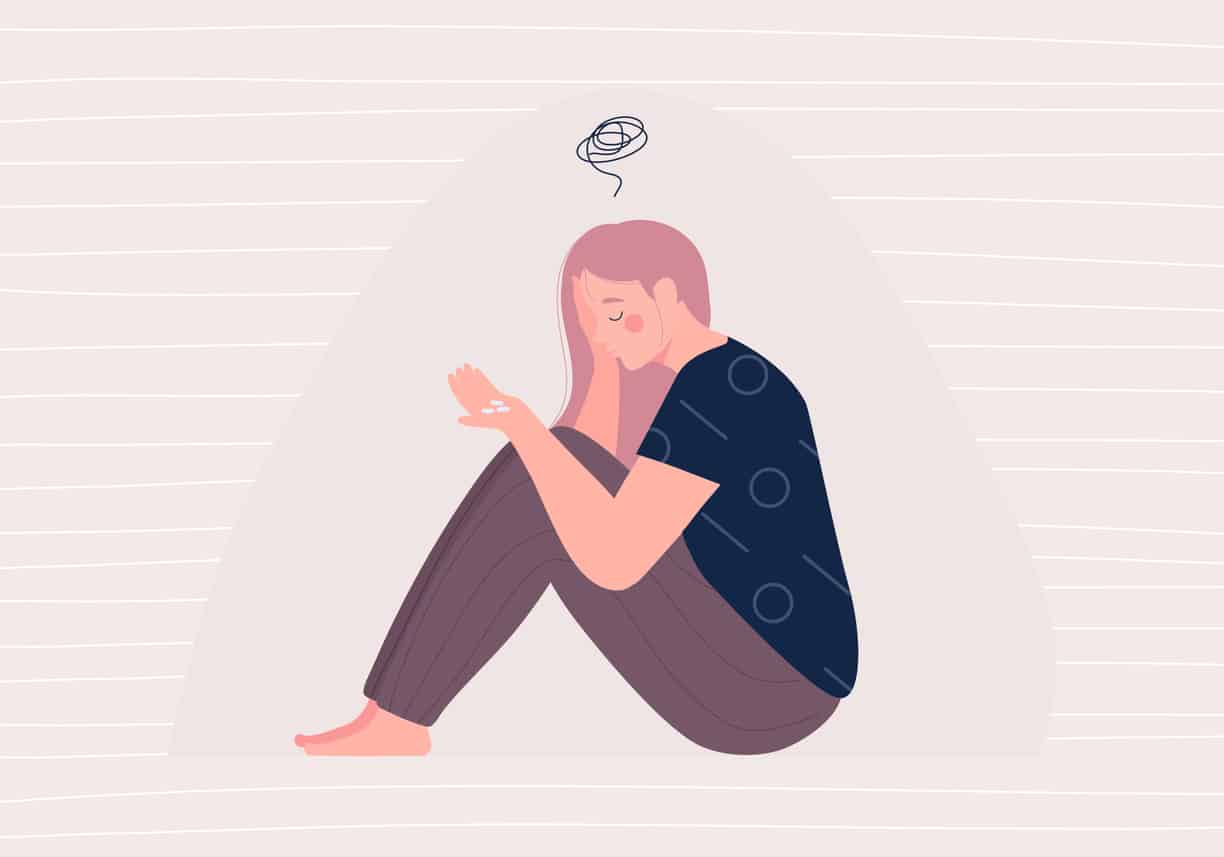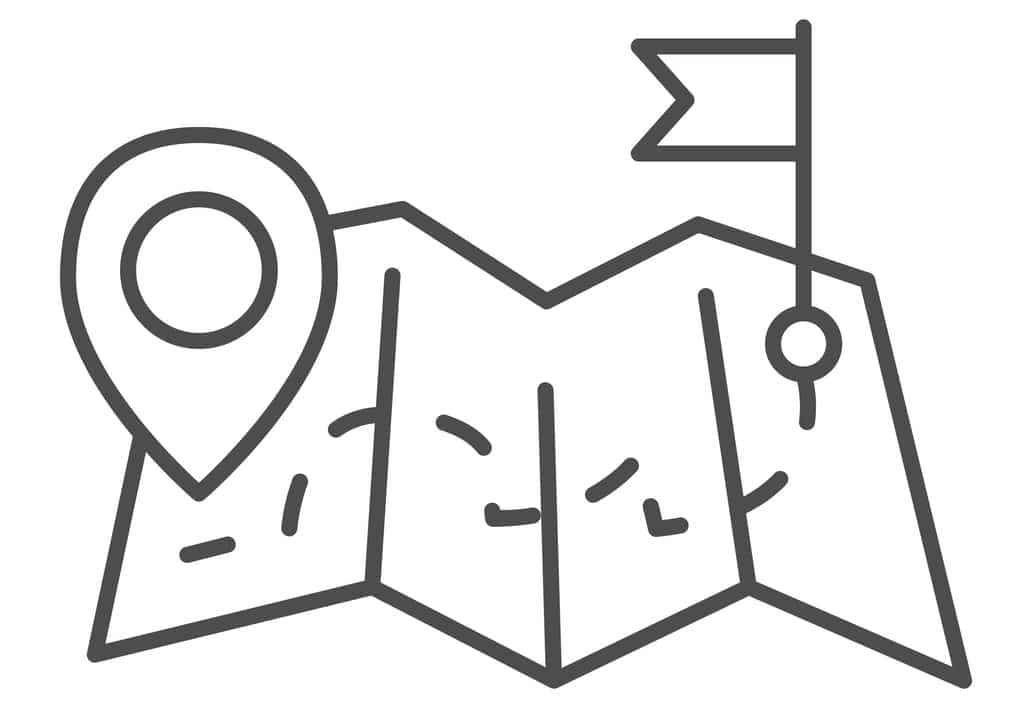
Gratitude is Such a Happy Word
Gratitude is such a happy word.
To be thankful. To love and appreciate the good around us. The people and the things that make our lives better and worth living. The big things and the little things. I am so grateful for so many things.
I also am guilty of not really being that grateful a lot of the time.
I look at the bad. I will be honest. I get afraid a lot of the time that only looking at the good will make me less safe; will make me unrealistic and a “Pollyanna.” I must see the bad too. What’s wrong, what isn’t going right so that I can fix it and make it right. Do you ever feel like that? The problem with this perspective is that it can create fear, and fear does not beget gratitude. Fear begets more fear and as a consequence, more bad things are likely to happen as darkness very rarely brings light.
Sometimes the darkness can feel safer. From darkness we can keep finding all the wrong places, from there, all you can see are the wrong places. And there are more and more wrong places and after a time you have a hard time finding the right places. All you have been looking for is the wrong. What we put attention on grows, and when you find all the wrongs, you’ve been watering the wrongs for too long.
As a doctor, I often know when someone will get well and when they won’t. It starts with all the wrongs. If someone can only see what is wrong and cannot see anything that is right or that it could ever be right, it will always be more wrong than right. Sickness and health are that way. Sometimes we are afraid to let go of the wrongs because if we do, it just seems impossible. It seems we may have to be someone else; it seems we may have to do different things than we’re comfortable with. So, we hold on to the wrongs— and they have a way of spiraling down and down into the abyss of more wrongs.
How to recover? How to change this mindset? How to replace this fear with something better— with love? I have found that I can change the way I see things, I can start to see the rights in my world, by being grateful. Just as with acts of kindness, being grateful is never wrong. These last two weeks have been stressful in both our personal and work families. My husband’s dad who is 93 almost died from a heart arrhythmia and it took ten people in the ER to bring him back. With the technology we have today, he is back home with an unblocked heart and a pacemaker to guide things. He gets better every day.
I am grateful for the technology we have that saves lives in our emergency rooms. I am grateful this technology gave us more days with this wonderful, kind man who is the light of his family and who is such an example of love to so many. I am grateful he is in my life and the lives of my two boys and that I have had the last 23 years to claim him as my family too.
I am also grateful today that one of my valued staff members who had to have an emergency surgery last week is at home recovering. I am grateful that we have surgeons who can create modern day miracles and save people’s lives and give us back our family members and friends so we can love them some more. I am grateful for life.
I am grateful for my boys who are my life. I am grateful that they teach me every day to be a better person. I am thankful for my husband who does such a better job than I do at seeing the rights and putting more attention on them than the wrongs. It has balanced the days when I could only see from the darkness.
I am grateful for my pets. My beautiful, special pets who bring so much joy and silliness to our lives. I am grateful for so many things. Do you see the light gratitude brings? It is spilling over in my heart and drowning out the darkness and the wrongs, so much so that I want to tell you about so many more things that I am grateful for; the light on the trees, the flowers in the yard, a beautiful song, a lovely talk with a friend, a friend.
I am grateful for the beach, that I have known unconditional love, that my son got well when he was so sick. That I had another son and that I have two boys who are big and strong and who love me. I am grateful for good food and good times and love. The light grows and the darkness recedes. The wrongs may still be there, but they are not as big not as scary. I challenge you to try it.
Pretty soon, the wrongs will start to fix themselves or you will see what to do because you are the light, the joy the gratitude and darkness cannot live there. Just start. Get a gratitude journal or share one thing you are grateful for every day with a friend or family member. You may run out of notebook, because what I have found is that even when the wrongs hit, I find some gratitude in them. It may be between tears, and it may take a minute, but even in the “wrongs” there can be gratitude.
For example, I lost a valuable staff member at a really bad time, how can I find gratitude? I could blame her, I could blame myself, I could say it is all lost and now I’ll never find anyone good. Because darkness never gave birth to light remember? Or I could say, “I will find someone who is an even better fit, who will stay and bring their gifts to the business and help it grow even more than the person who left.” I could also be grateful that I could learn from the choice I made and see how I could improve the next time.
I lost my grandmother last fall. She was a very special person to me for all of my life. We were very close and the loss for me was very hard; it still is. If you have ever lost someone you love, you understand and it is very hard to find gratitude sometimes, and easier to find pain. The pain was so deep though, that I knew my grandma would have wanted me to frame it differently, because she never would want me to hurt like that. She was always so positive and so grateful even in hard times, especially in hard times and she taught me by her actions.
So, I was tasked with finding gratitude in the loss of my Grammy who I could not hug or go visit ever again. I couldn’t call her or ask her help or advice again. I couldn’t hear that beautiful voice again or know she was always just a phone call away. How to find gratitude in that? But you know what? There it was right there; in all that. The fact that my grandma was always there for me to share a hug or an accomplishment, to give me encouragment and love any time day or night it didn’t matter to her.
I used to spend weeks in the summer with my grandma and grandpa camping and playing in the woods as a child, visiting and making rhubarb pies with her. She was always there for me when I came home from college with a special meal just for me and hours to talk. She supported me through many hard times and always, always loved me no matter what.
I found my gratitude.
I had known unconditional love from this woman for almost 50 years. I know what it is! She modeled this for me, for my whole family. I know what it looks like, what it feels like and I am so very grateful for this gift that she gave me! Not everyone has this type of love, let alone for this long. The ache doesn’t leave from her loss, but it is now tinged with joy, with the light that she always had emanating from her heart.
Gratitude is magic. It fills the empty dark spaces, it makes light. Can you see it? Can you try it? Don’t be afraid. And if the darkness and the fear come back in, “gratitude it back out.” Replace it with love, with gratitude. Keep listing all the things. There are so many. We have so much, so very much to be grateful for. Gratitude will soften your heart it will bring you joy, and it will light the way in a world that tempts us to only see the wrongs.
Don’t make the mistake of thinking this simple thing cannot change the world. This simple thing can change the world because it can change you; and you and I together can change the world.
It is a simple and gentle thing. Do it and keep doing it every day. If you do, eventually you will start to see more good than bad, more rights than wrongs. You will wake up one day with love in your heart and magic in your soul and you too will make your own miracles happen for yourself and for all of us. To a better world, with more light and more gratitude!
Love for the journey.




